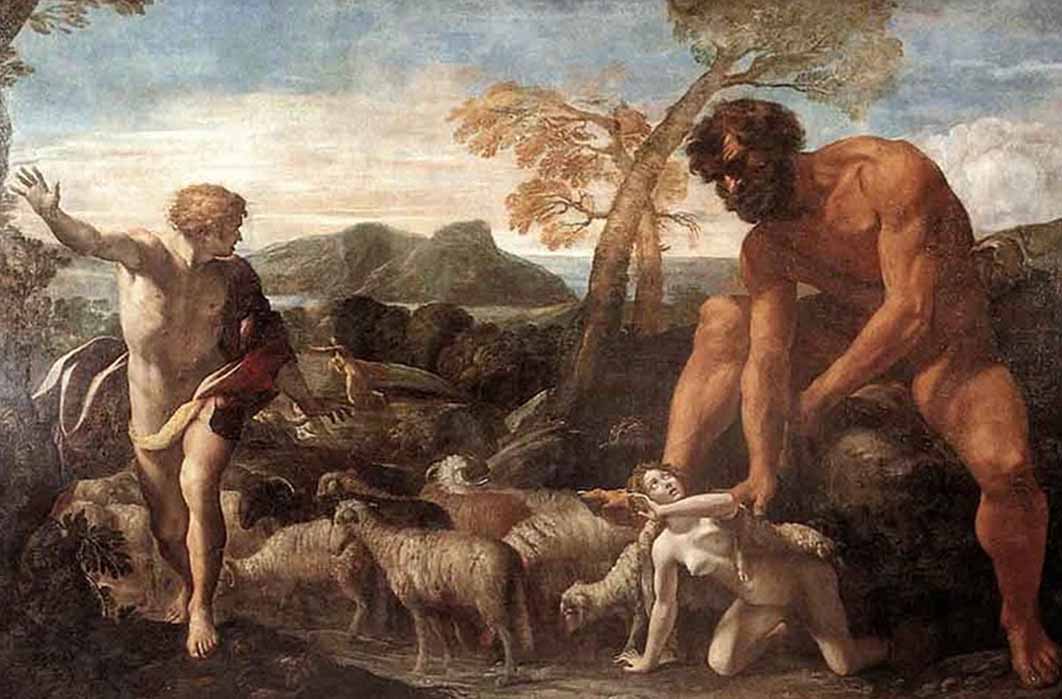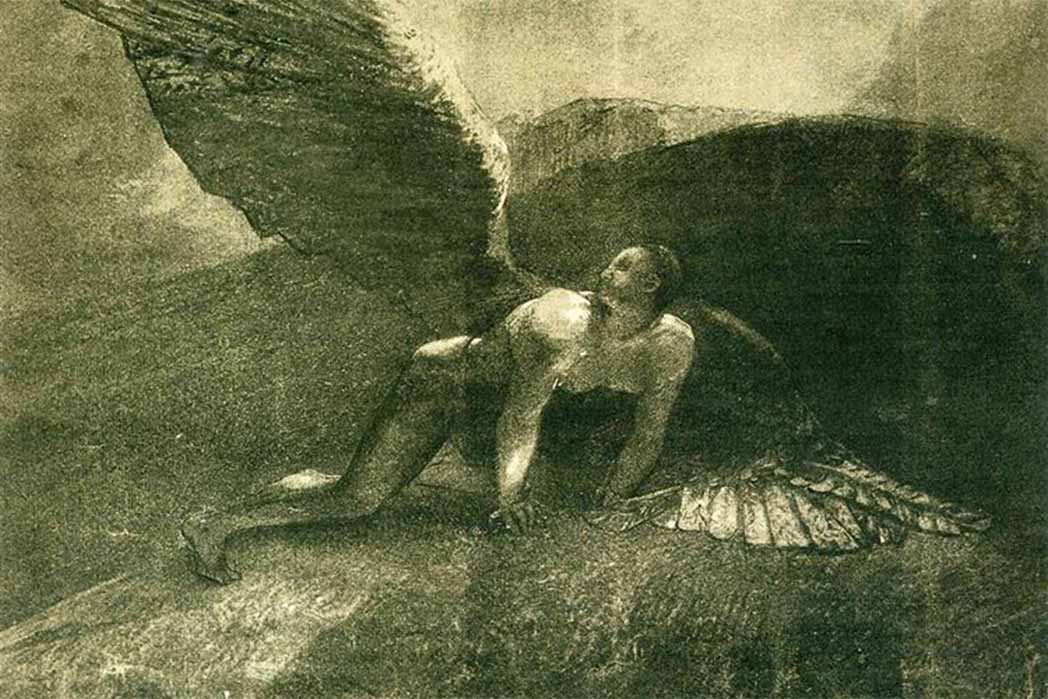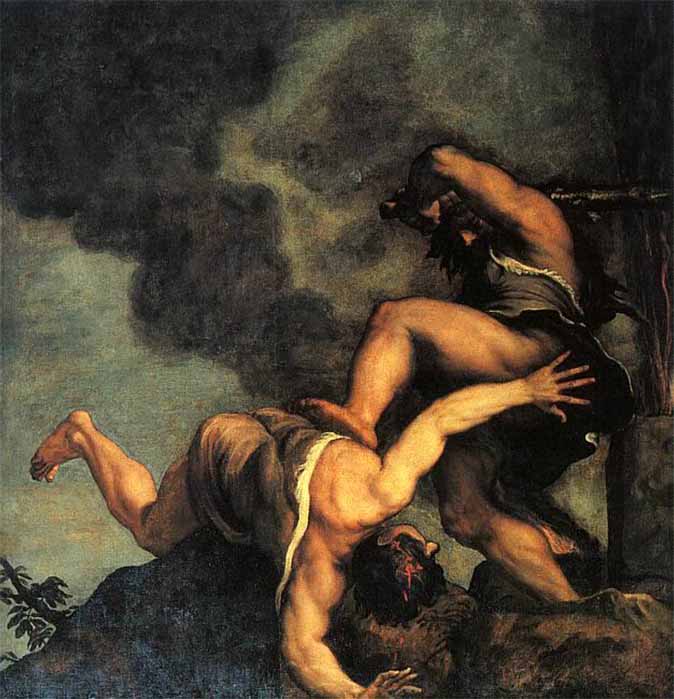
Sons of God: Sumerian Elite Ruling Sumerian Class Abducting Khabiru Women
Translators, theologians, and biblical commentators provide many different theories to explain who the Bible is referring to as “the sons of God,” “the Nephilim,” “the men of renown,” and “the daughters of men,” but archaeology from ancient Mesopotamia adds a whole new layer of biographical perspective of these biblical figures. The passage in question is in Genesis 6:4-5, and refers to an epoch before the great flood. According to most versions, it tells there were giants upon the land in those days, and after that. It is presumed that “after that” means after the great flood, so whoever these giants were, they were on earth before and after the flood. It goes on to say that those giants were on earth whenever ‘the sons of God’ visited the ‘daughters of men’ and they fathered children for themselves. It also explains that “those were the giants who were from long ago, the people of renown.” Thinking back to ancient legends and myths, it takes no stretch of the imagination to see characters like Hercules and Perseus, or as is found in the ancient Sumerian myths of Gilgamesh and Dumuzi, and similar characters from nations all over the world, as heroes of old. That is exactly what these ancient characters were, heroes of old and men of renown.

The Qumran Book of Giants tells the story of pre-diluvian origins of evil and the fate of the Watchers and their giant offspring. Fallen Angel by Odilon Redon, (1872). (Public Domain)
The texts of the Old Testament were preserved through a few different channels. The most commonly available text of the Old Testament today came from groups of Jewish scribes in the 10th century AD called the Masoretes. The Masoretic Text is the one that was used as the source for most modern translations of the Old Testament, although this source text contains many problems and inconsistencies when it comes to early biblical genealogies and the dates given for events and lifespans. The Israelite Samaritan Torah is a parallel source text that potentially date back to the sixth century BC, but unfortunately only contains the first five books of the Old Testament.
The famous Dead Sea Scrolls found at Qumran, date from between the third and first centuries BC and have been instrumental in confirming the ages of some of the later books of the Old Testament, but because these scrolls are very damaged and are missing large sections, they do not provide a full confirmation of the other texts. The Latin Vulgate includes a Latin translation of the Old Testament books, and it is older than the Masoretic Text, but it still only dates to the fourth century AD. The oldest complete version of the Old Testament comes from the Septuagint, which was ordered to be translated to Greek by Ptolemy Philadelphus in the third century BC. This version of the text addresses many of the inconsistencies found in the later Masoretic version. The Septuagint was also the version that was commonly available to the Greek world in the first century, and to Jesus and the early Christians.
In the Hebrew and Samaritan texts, “sons of God” comes from bên ´êlôhîym, where ´êlôhîym can, and often does, refer to the God, or many gods. Similarly, in the Septuagint, it is written υἱοὶ τοῦ θεοῦ, where θεοῦ can, and often does, also refer to the God, or many gods. It usually falls on the context to determine whether God, or god is implied. In this case, there is a distinction in the text. When it specifically refers to God, it calls Him “Lord” or “Lord God,” or in the Greek, Κύριος, or Κύριος ὁ θεὸς. In the Hebrew, it specifically calls Him “Jehovah,” not ´êlôhîym, which may be a clear indication that these “sons of God” are actually sons of a god or gods, not the God.

Cain slaying Abel by Titian (1542) (Public Domain)
Sons of Seth or Angels?
A very common interpretation over the last century is that the sons of the Elohim were the sons of Adam and Eve’s son Seth, who contrasted with Adam and Eve’s son Cain, who was known for committing the first murder. It was suggested that this passage implies that Seth’s sons erred by marrying women of the less moral line of people, who designed deadly weapons and musical instruments, out of lust for beauty, and because of this, universal corruption soon followed. A similar but opposite view is that the “daughters of men” were the descendants of Seth and the “sons of the Elohim” were the sons of Cain, and their offspring were the “mighty men” and were heroes, warriors, or fighting men, who won reputations for martial heroism.
- Were All The Nephilim Giants Or Men Of Renown?
- Giants In Canaan: Anakim, Rephaim And Nephilim
- From The Ashes Of Angels – The Forbidden Legacy of a Fallen Race
The concept of the “sons of god” and the “daughters of men” representing specific nations or lineages is difficult to defend because it assumes that one lineage is godly, while another lineage is ungodly, and then it clumps all the other lineages into one of the first two. The Bible Knowledge Commentary by the Dallas Seminary Faculty explains that the terminology and context of Genesis 6 do not support this idea of the sons and daughters representing the lines of Seth or Cain. Furthermore, if all the Cainites were corrupt and evil and died in the flood, it is curious how any of them could have produced Nephilim after the flood. Despite Adam and Eve having other sons and daughters after Cain and Seth, it is strange that only Seth’s line would qualify as “sons of God.”




